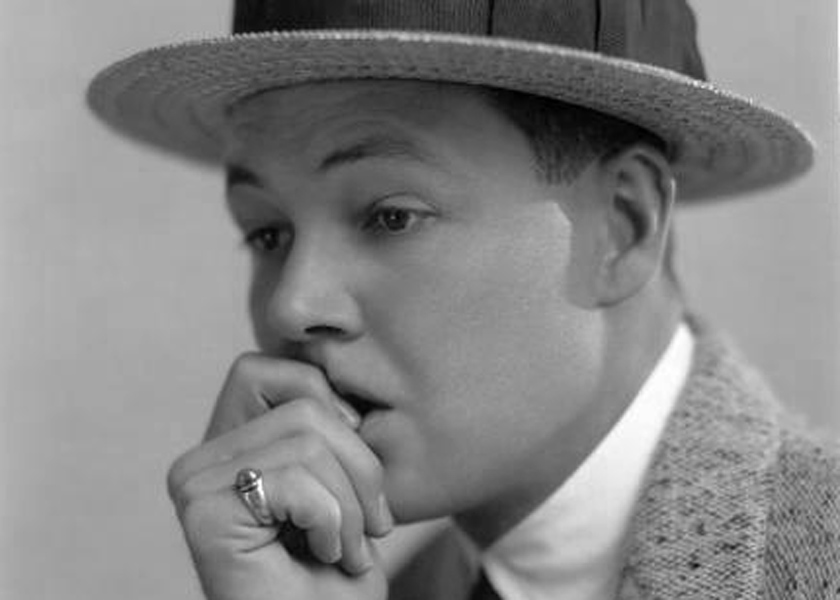Synopsis
Molly Ashley (Burbridge) receives a letter from her father that says that if she can raise $300, his lawyer thinks that he can get him out of jail. She hopes that her gangster friends can help her get the money.
As Molly is reading her letter, a female pickpocket steals a watch from a drunk. He realizes his loss and with some policemen chases after her. The pickpocket slips the watch into Molly’s pocket and runs away. Molly is looking confusedly at the watch when the drunk and the policemen come up and accuse her of the theft. She is arrested, is convicted, and sentenced to a year in jail.
On her way to jail, Molly is snatched from the police by her friend, gang leader Jim Tracy (Jarrett). Jim tells her that she must stay in their hideout or else she will be arrested and sent to jail. She sorrowfully agrees.
Detective John Stone (Ray) joins the gang undercover to gain evidence against them. Molly tells him why she is hiding with the gang. They fall in love. When she discovers his badge on his coat she does not reveal him.
The gang robs a house to get money for the jailed father. The police see them and a shoot out occurs. Only a few gang members, including Jim and John, escape. John goes along to gather more evidence.
Jim accuses Molly of informing to the police. She denies it, but he attacks her, and John defends her. The men fight and to save John, Molly shoots Jim. Molly is exonerated. Months later, John sends her a letter that he is coming to visit her during his vacation. They will find happiness together.
Discussion
The Gangsters and the Girl is a typical example of the films produced in the early days of movie making. Within its short two-reel running time — about fifteen minutes — the plot consists of a series of loosely connected, equally weighted incidents, each lasting only a few minutes. Character motivation and emotional expression are tenuous and inadequately portrayed.
Acting had improved steadily during the early years of film, although some cast members express their ideas and emotions through exaggerated facial expressions and body movements. The acting of Charles Ray, young and wholesome, is fairly naturalistic. Ray was destined for stardom during the later 1910s and early 1920s. Alma Rubens, who was Douglas Fairbanks’ leading lady in several 1916 films, including The Half-Breed and The Americano, has a small, uncredited role.
Until the emergence of feature films in the mid-1910s, one-reel short films were the main product of the film industry. Since much of the adult population attended the movies frequently, a theater operator had to change the film program every one or two days. The turnover rate had two effects on film production: a huge number of films were necessary to meet the demand, and quantity therefore took precedence over quality. In 1914, Kay-Bee Pictures produced 54 films, including The Gangsters and the Girl, and from 1912-17 the studio released 253 films. Despite the primitiveness of film artisty in the early 1910s, the movies where still a novelty that audiences flocked to. Audiences watched so many films that their quality, or lack thereof, had little effect on box office returns.
Kay-Bee Pictures' rate of production was typical of studios in the early and mid-1910s. In 1914, the studio produced 54 films, including The Gangsters and the Girl. During its entire existence from 1912-17, the studio produced 253 films. Kay-Bee Pictures was a subsidiary of the New York Picture Company, itself one of the numerous subsidiary production units of the Mutual Film Corporation. Mutual had been formed in 1912 by producer H. E. Aitken, who organized an effective film distribution system. Aitken controlled about fifty distribution offices across the US and Canada that handled the product of numerous small production studios making shorts. Theater owners came to the distribution centers and exchanged previously viewed films for newly released ones. The exchanges ensured that theaters had a steady supply of films. During 1914-6, although the feature film increased in importance, many theaters continued their programs of short films. By 1917, feature-length films dominated, and the film industry consolidated into a few production companies that made a lower number of much longer films. Short film production decreased greatly, and producers ceased using film exchanges as a means of film distribution.
Director Scott Sidney began directing in 1914. During that year, Sidney directed twenty-five one- and two-reelers, including The Gangsters and the Girl. Sidney was a short film specialist; of his 120 credits, only ten are features. His most notable films are three of these features: the first version of Tarzan of the Apes (1918) and a sequel, The Adventures of Tarzan (1921), and the first film version of the hit play Charley’s Aunt (1925).
Betty Burbride began here film career in 1912 at age seventeen. From 1912-16, she appeared in 74 shorts. Burbridge switched to writing in 1917, and over the next 35 years amassed 129 writing credits, mostly scenarios and/or scripts for low-budget Westerns. In the 1930s she wrote stories for Gene Autry at Republic Pictures Corporation. In the early 1950s her final scripts were for episodes of the Western television series The Cisco Kid (1950-51), starring Duncan Renaldo, and The Gene Autry Show (1950-52).
Further Reading

